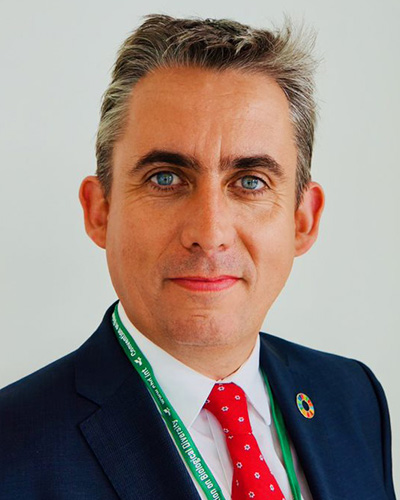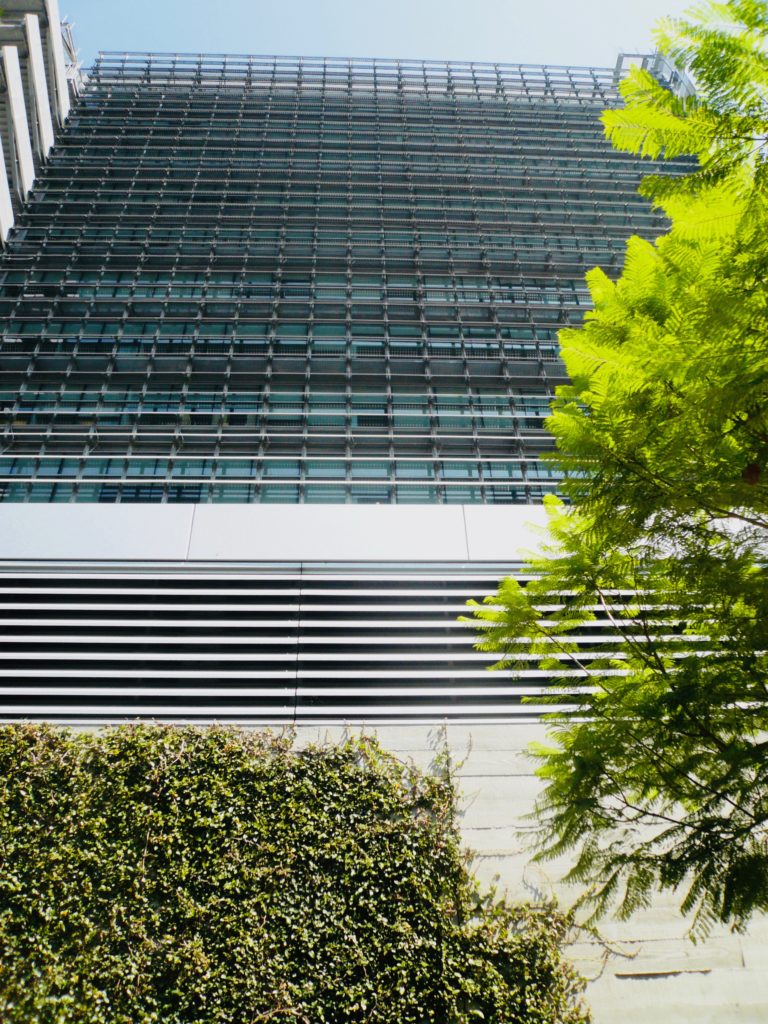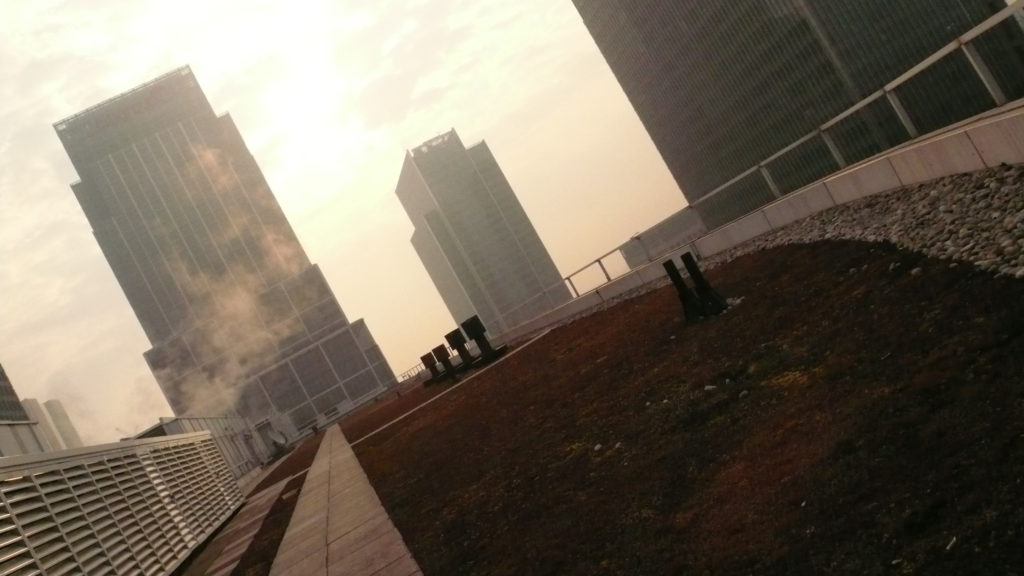Hot cities & geoengineering governance

The past month has once again seen more all-time temperature records being set across the planet and for those living in cities and urban areas, the issue of extreme heat is becoming an uncomfortably hot topic. With the majority of the world’s population now urban dwellers, it’s an issue that city and national governments globally are having to urgently address.
While not a new phenomenon, it appears to be getting worse. According to the World Meteorological Organisation, the risk of heat-related illness or death is steadily increasing, with around 30% of the world’s population now facing deadly temperatures at least 20 days a year. Recent analysis by C40, suggests that by 2050, more than 1.6 billion people living in cities around the world will regularly face extreme heat and the risks from such heat will greatly increase if greenhouse gases are not considerably reduced.
We need cooler cities 
As major centres of population, infrastructure and economic activity, cities are both key drivers of greenhouse gas emissions which are causing global warming and often the most vulnerable to the resulting impacts such as extreme urban heat. The past five years has seen a substantial acceleration in commitments by cities, states and regions to reduce emissions, but while these efforts may help in the longer term, they do not address the more immediate threats that urban-dwellers face today from increasing extremes of urban heat.
As well as the direct health consequences of exposure to extreme heat, other research suggests negative economic consequences ranging from reductions in later life economic wellbeing from exposure during childhood, to reduced educational attainment, and industrial productivity. Extreme heat is also noted to exacerbate the likelihood of violent crime, civil conflict and urban unrest (e.g. in Africa and Asia) making the issue a hot political topic for governments of urban areas globally.
Most local and national government administrations are located in urban areas and as urban heat extremes continue to rise, if urban dwellers and systems cannot effectively cope, then at what point might overheated citizens say enough is enough and demand their governments act in any way available to them? In such circumstances, as public awareness of the risks of spiralling global temperatures increases, calls to accelerate action to reduce greenhouse gas emissions may increase, but as any such action would likely take decades, if not centuries to influence current temperatures, experimental approaches to cool the planet in the shorter term may also become more politically appealing and socially acceptable. Could increasing exposure to extreme urban heat then lead to bottom-up political pressure on national governments to pursue more radical solutions such as solar geoengineering? Or will localised adaptations to cool urban areas be sufficient to reduce both the physical and political heat?
Cities are learning to be cool

But the global impact may be not so cool
The bad news is that the combined impact of some of these solutions may not be entirely desirable when scaled up globally. Some are obvious, such as air-conditioning. As cities get hotter, demand for air-conditioning is increasing (the International Energy Agency estimates a leap from 1.6 billion units currently to around 5.6 billion in 2050 – accounting for one of the top drivers of global energy demand in coming decades). While this will undoubtedly improve the daily lives of millions of urban dwellers, unless the electricity supply to these units is decoupled from greenhouse gas emissions, its contribution to further global warming will be substantial. Other solutions such as improving the reflectivity of roofs, pavements and roads may provide welcome localised cooling and a recent study modelled how scaling up such methods across cities globally (along with changes to agricultural land-use) could counteract warming in densely populated areas by as much as 2-3oC. However, just as urban heat can influence temperatures thousands of miles away from a city, other studies suggest that the impacts of localised cooling methods (such as improving solar reflectivity) could have varied and undesirable side-effects far beyond the city-limits and may even contribute to further global warming.
Bottom-up geoengineering
Localised cooling solutions such as improving solar reflectivity are now being widely encouraged in larger cities like New York and promoted to urban areas internationally by global initiatives such as C40, 100 Resilient Cities and Global Cool Cities Alliance. So, if such approaches are being intentionally deployed, city-by-city, at a global scale, is this geoengineering? Such interventions have been classified by some as distributed bottom-up geoengineering while others have called it localised geoengineering. Classifications aside, if it has the potential for large scale impact on regional or global climate systems, then it may require serious consideration as part of any future arrangements to govern geoengineering. After all, it’s a series of ungoverned, bottom-up interventions (emitting carbon emissions) at a global scale, that got us into this mess in the first place!
We need to learn more
To better understand the relative risks, benefits and governance implications that different responses to urban heat may have at global scale, we clearly need to learn more. Important contributions will likely come from data-sharing and research collaborations between academics, researchers and cities themselves. Such collaborations might be facilitated by existing global networks (e.g. 100 Resilient Cities, ICLEI, C40) or through intergovernmental institutions (e.g. the UN’s Local2030 or A2R initiatives).
Building on existing research to develop further knowledge will provide important inputs to inform future assessments undertaken by governments and intergovernmental institutions such as the UN Environment Programme or the Intergovernmental Panel on Climate Change (IPCC). The IPCC has already decided to focus more on adaptation and mitigation opportunities in cities in its next assessment report (AR6) and to publish a special report on climate change and cities thereafter. These and many other channels will provide important opportunities we should pursue to progress our shared understanding of how best to address the twin challenges of hot cities and geoengineering governance.
